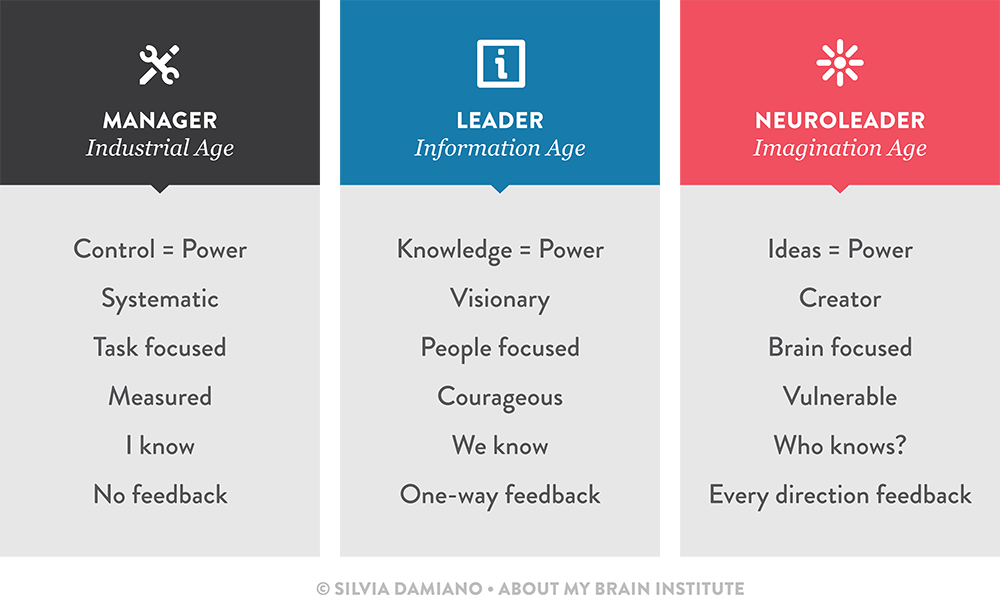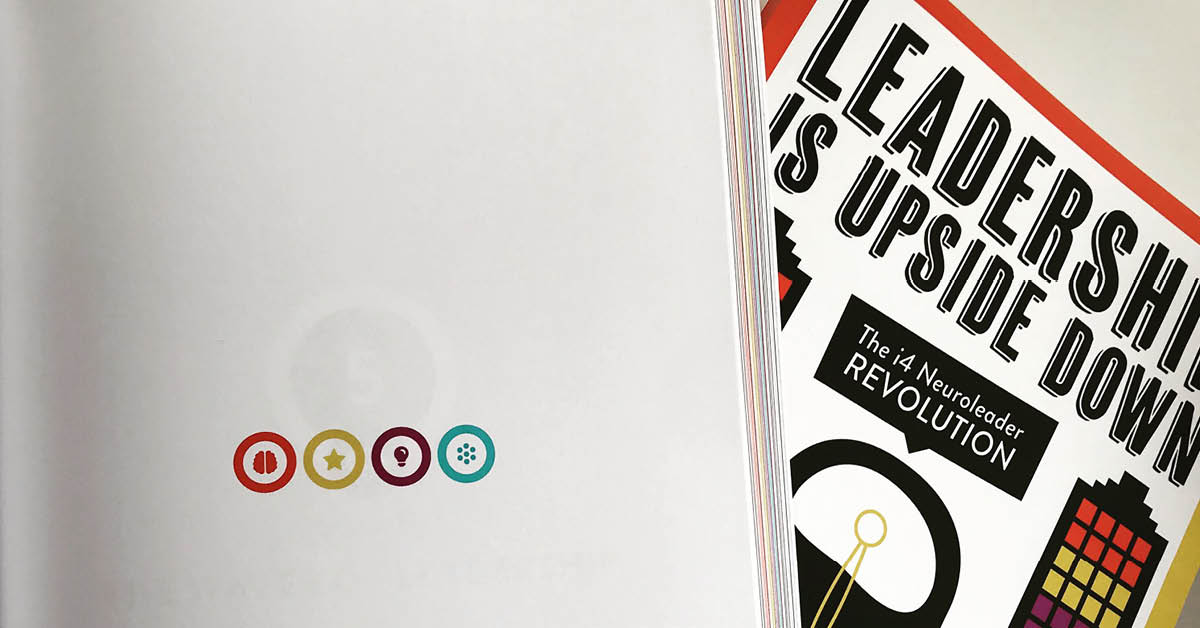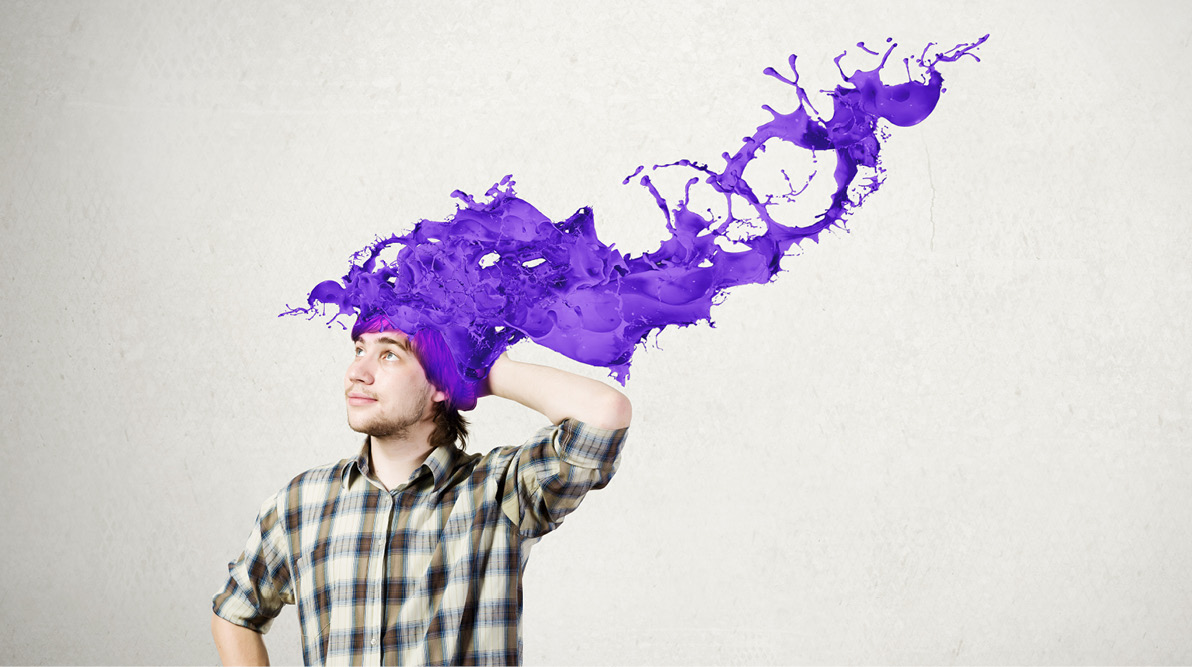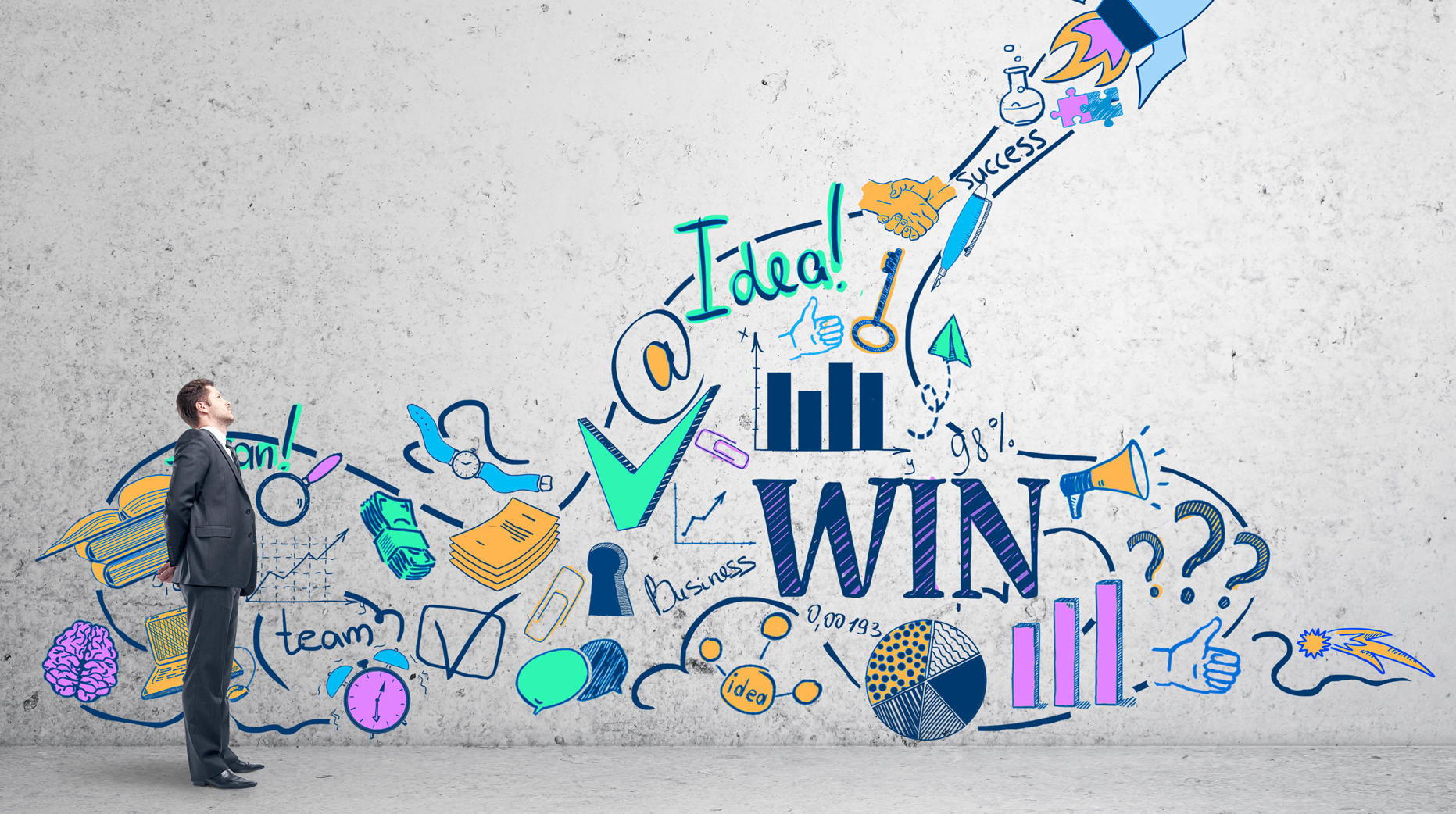The Changing Face Of Leadership In The 21st Century - Where YOU Become The Superhero
We are living in exciting times, where traditional leadership models are being tossed on their heads, where leadership is becoming democratised and it emerges as the responsibility of all, not just the privileged few.
When I look back at my 20 plus years of management in large international organisations, I reflect on the best and worst leaders I worked with (or under if the latter). What was it that they did or didn't do to inspire me, how did they treat me and what was the difference that made a difference?
In her book  , scientist, neuroleader and CEO of the About my Brain Institute
, scientist, neuroleader and CEO of the About my Brain Institute  likens 21st Century leaders to superheroes, and for reasons slightly different than we may think.
likens 21st Century leaders to superheroes, and for reasons slightly different than we may think.
"Superheroes have the special powers to inspire others and the integrity to champion their values, even when everything around them is falling apart. They are confident, inquisitive, conscientious, energetic, adventurous, helpful and generous.
These are the attributes that our new economy requires. We need more superheroes who can collaborate and make a difference, big or small, in their own lives and in the lives of others. The world needs people who want to lead and commit to solutions; not people who say 'it cannot be done', and adopt compliance as a way of doing business.
Superheroes used to think more about the common good than about themselves”
My greatest leaders were superheroes to me. They could sense when things weren't right, knew how to listen, pushed me yet understood when I was tipping over from my stretch zone into panic and they let me make mistakes, guiding me to learn and change what I would do the next time. They cared deeply about the success of the organisation and brought humanity, as well as strategy, into leadership.
So How Do We Become 21st Century ‘Superhero’ Leaders?
Rather than thinking of, and trying to model, world leaders such as Lincoln, Mandela and Churchill, consider as Damiano does, devolving leadership to the individual, defining leadership as being the best that we can be, of building our self-awareness one day at a time, of learning and growing.
This is a model of personal leadership and personal effectiveness, of each and every individual discovering exactly who they are, how they are perceived and what influence they have over their own and the organisation’s success.
According to Dr Rita King, Futurist at the National Institute of Aerospace, there has been a major paradigm shift from the Information Age to the Imagination Age. Where knowledge once equalled power, now ideas hold the power to drive change and transformation.
Where leaders were once visionaries, now they are the facilitators of creating the future collaboratively, a future we know little or nothing of, where many of the jobs of next year do not exist today.

Where leadership competencies once comprised strategy, analysis, logic, rationale and being the font of all knowledge, they now include traits, attributes and attitudes that include curiosity, generosity, intuition, resilience and collaboration. And courage.
Imagine the qualities of a leader who is prepared to stand up and say “who knows?”, rather than “I know?”
What’s The Brain Got To Do With It?
Yes I’m stating the obvious but the brain is at the core of everything we do. It’s also a social organ whose job is to keep us safe, to minimise danger and maximise reward (Evian Gordon 2000). Never before have we been in such a strong position, thanks to imaging technology, to unlock the secrets of how we think and behave.
The 21st century leader is you and I. It is anyone who belongs to an organisation and has a deep seated desire to be a part of its success. The 21st century leader is a Neuroleader, one who wants to understand why she does what she does, what’s happening in the brain to create this and, moreover, what strategies exist to change what’s not working for them.
This is why Damiano created the  , a self-awareness, personal effectiveness and personal leadership model based on the principles of neuroscience.
, a self-awareness, personal effectiveness and personal leadership model based on the principles of neuroscience.

The  is a leadership development and well-being framework that allows individuals, teams and organisations to re-think and challenge their current leadership and business practices while discovering those inner core abilities required to lead in a complex, global innovation economy.
is a leadership development and well-being framework that allows individuals, teams and organisations to re-think and challenge their current leadership and business practices while discovering those inner core abilities required to lead in a complex, global innovation economy.
The Neuroleader exists within, waiting for its potential to be unlocked and learning from our brain how to be the very best version of ourselves AND, just like a superhero, for the common good.
- i4 Neuroleader (353)
- Leadership & Culture (325)
- Brain Health & Wellbeing (202)
- Innovation (97)
- Performance (85)
- Our News (80)
- Collaboration (68)
- Agility (53)
- Practitioner Stories (44)
- In The Press (36)
- Make Me A Leader (33)
- Balance (31)
- Integration (30)
- Imagination (29)
- Awareness (23)
- Brain-Friendly Channel (22)
- Communication (22)
- Curiosity (21)
- Inspiration (19)
- Intuition (19)
- Attitude (17)
- Courage (16)
- Adaptability (14)
- Case Studies (14)
- Drive (14)
- Generosity (13)
- Brain-Friendly Leadership (11)
- Ethics (9)
- Mental Readiness (9)
- Influence (8)
- Retreat (6)
- Brain-Friendly Leadership (1)
- Oracle Cards (1)
- 1 April 2025 (1)
- 1 March 2025 (9)
- 1 February 2025 (3)
- 1 September 2024 (4)
- 1 July 2024 (2)
- 1 June 2024 (6)
- 1 May 2024 (2)
- 1 April 2024 (3)
- 1 March 2024 (1)
- 1 November 2023 (1)
- 1 August 2023 (1)
- 1 July 2023 (2)
- 1 June 2023 (2)
- 1 May 2023 (4)
- 1 April 2023 (2)
- 1 March 2023 (7)
- 1 February 2023 (4)
- 1 January 2023 (1)
- 1 September 2022 (1)
- 1 May 2022 (3)
- 1 April 2022 (1)
- 1 March 2022 (5)
- 1 February 2022 (4)
- 1 January 2022 (4)
- 1 December 2021 (2)
- 1 November 2021 (4)
- 1 October 2021 (3)
- 1 September 2021 (6)
- 1 August 2021 (1)
- 1 April 2021 (1)
- 1 December 2020 (2)
- 1 November 2020 (1)
- 1 September 2020 (1)
- 1 August 2020 (1)
- 1 July 2020 (3)
- 1 June 2020 (4)
- 1 May 2020 (3)
- 1 April 2020 (4)
- 1 March 2020 (6)
- 1 February 2020 (4)
- 1 January 2020 (2)
- 1 December 2019 (3)
- 1 November 2019 (3)
- 1 October 2019 (5)
- 1 September 2019 (4)
- 1 August 2019 (4)
- 1 July 2019 (4)
- 1 June 2019 (5)
- 1 May 2019 (9)
- 1 April 2019 (9)
- 1 March 2019 (8)
- 1 February 2019 (7)
- 1 January 2019 (8)
- 1 December 2018 (5)
- 1 November 2018 (10)
- 1 October 2018 (16)
- 1 September 2018 (9)
- 1 August 2018 (10)
- 1 July 2018 (9)
- 1 June 2018 (8)
- 1 May 2018 (9)
- 1 April 2018 (9)
- 1 March 2018 (9)
- 1 February 2018 (8)
- 1 January 2018 (8)
- 1 December 2017 (6)
- 1 November 2017 (9)
- 1 October 2017 (9)
- 1 September 2017 (8)
- 1 August 2017 (10)
- 1 July 2017 (8)
- 1 June 2017 (8)
- 1 May 2017 (9)
- 1 April 2017 (8)
- 1 March 2017 (6)
- 1 January 2017 (3)
- 1 December 2016 (4)
- 1 November 2016 (5)
- 1 October 2016 (4)
- 1 September 2016 (2)
- 1 August 2016 (4)
- 1 July 2016 (4)
- 1 June 2016 (2)
- 1 May 2016 (3)
- 1 April 2016 (3)
- 1 March 2016 (7)
- 1 February 2016 (2)
- 1 January 2016 (5)
- 1 December 2015 (2)
- 1 November 2015 (2)
- 1 October 2015 (4)
- 1 September 2015 (2)
- 1 August 2015 (2)
- 1 July 2015 (1)
- 1 June 2015 (3)
- 1 May 2015 (4)
- 1 April 2015 (5)
- 1 March 2015 (3)
- 1 February 2015 (3)
- 1 January 2015 (3)
- 1 December 2014 (3)
- 1 November 2014 (3)
- 1 October 2014 (3)
- 1 September 2014 (5)
- 1 August 2014 (4)
- 1 July 2014 (5)
- 1 June 2014 (3)
- 1 May 2014 (1)
- 1 March 2014 (1)
- 1 December 2013 (2)
- 1 November 2013 (1)
- 1 July 2013 (1)
- 1 June 2013 (1)
- 1 May 2013 (3)
- 1 April 2013 (1)
- 1 March 2013 (2)
- 1 February 2013 (1)
- 1 January 2013 (2)
- 1 November 2012 (1)
- 1 October 2012 (1)
- 1 September 2012 (1)
- 1 August 2012 (2)
- 1 July 2012 (1)
- 1 June 2012 (1)
- 1 May 2012 (2)
- 1 April 2012 (1)
- 1 February 2012 (1)
- 1 January 2012 (1)
- 1 November 2011 (1)
- 1 October 2011 (3)
- 1 September 2011 (2)
- 1 July 2011 (1)
- 1 June 2011 (1)
- 1 May 2011 (1)
- 1 April 2011 (1)
- 1 March 2011 (1)
- 1 February 2011 (2)
- 1 January 2011 (4)
- 1 December 2010 (4)
- 1 November 2010 (3)
- 1 October 2010 (5)
- 1 September 2010 (4)
- 1 August 2010 (4)
- 1 July 2010 (3)
- 1 June 2010 (4)
- 1 May 2010 (7)
- 1 April 2010 (5)
Subscribe by email
You May Also Like
These Related Stories

The i4 Neuroleader - Effective Leadership For The Demands Of A 21st Century Workplace

The Biggest Buzzword in Business is “Innovation”



No Comments Yet
Let us know what you think